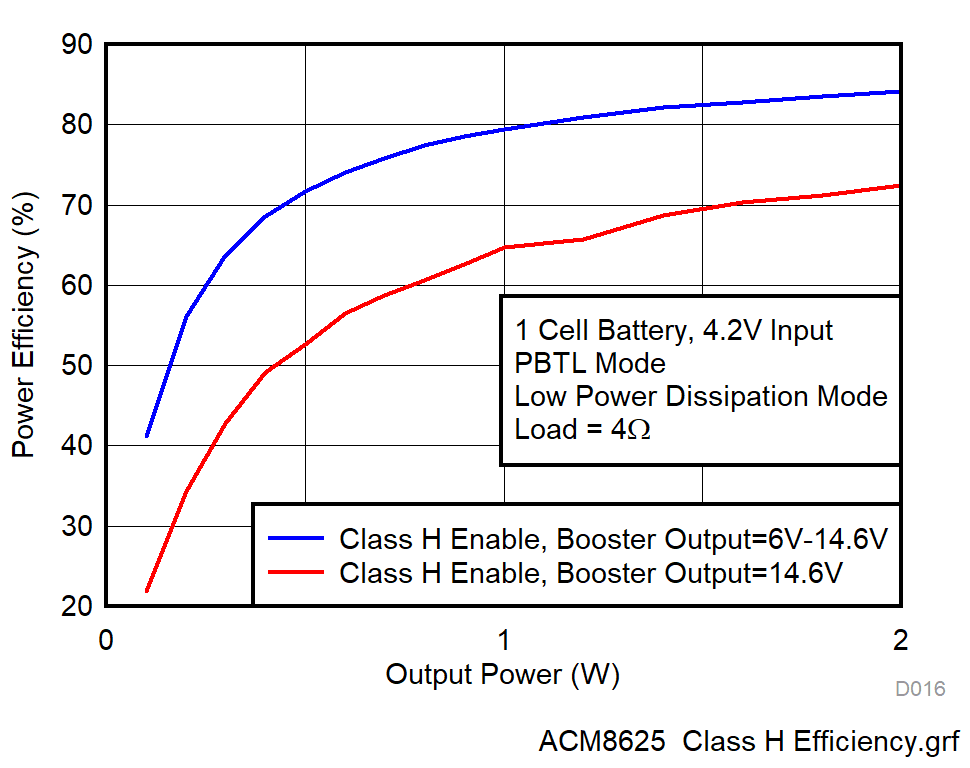How to choose a suitable analog input amplifier
Time:2023-12-25
Views:369
Industry competition, from the perspective of choosing amplifiers, what factors can bring competitiveness to your product.



We don‘t directly jump to the indicators to choose amplifiers, but think from the perspectives of consumers and engineers, after all, this is a system application issue. If you choose a 2X10-2X25W analog power amplifier, this power range is mainly for portable battery products. Portable products have a greater chance of direct contact with consumers, so it is important to pay attention to controlling heat generation. Meanwhile, consumers of portable products place great emphasis on playback duration and charging frequency, and no one wants to play without music halfway through.
The two issues of heat generation and playback duration, apart from structural design, are closely related to the amplifier. The main reasons for the heating of power amplifiers are the supply voltage and efficiency. The two core indicators of efficiency are Rds on and package thermal resistance. The thermal resistance of packaging is often overlooked, for example, SOP16 packaging environment thermal resistance is 50 ℃/W, TSSOP28 packaging environment thermal resistance is 28 ℃/W, which represents the same power consumption of 1W. The surface temperature rise is either 50 ℃ or 28 ℃, and heat affects system efficiency;
The impact of Rds on this indicator will be greater. Regardless of the nominal power of the amplifier title, the classification of Rds on is not directly reliable. For example, for a 4-ohm speaker, the heat generation of around 200m Ω will suddenly increase when the voltage is above 10V, and it is almost impossible to work normally when it exceeds 14V. It is suitable for low-cost solutions between 2X5W-2X10W. If it is above 2X10W, it is recommended to be below 150.
Here are three examples of Rds on analog amplifiers from different manufacturers.


Another crucial factor is the high or low power supply voltage. The higher the power supply voltage PVDD (not the battery voltage), the greater the loss of the switching transistor, so the higher the efficiency of the voltage on the same chip, the more it continuously decreases. In addition, portable products also need to add a boost chip, and the principle of a boost chip is the same. The higher the boost, the lower the efficiency of the DCDC chip.
So the key is to reduce the voltage, but the higher the voltage, the better the dynamic, and these two are contradictory.
The class H function of ACM3108 addresses this contradiction by providing a signal to the FB pin of DCDC based on the size of the music signal. This dynamically adjusts the PVDD voltage according to the size of the music signal, greatly improving the efficiency of the boost chip and power amplifier chip when dealing with small signals. However, it also solves the dynamic problem, and the unique technology ensures timeliness and distortion.
The blue and red colors in the figure below compare the efficiency of the class H function when turned on and off at low power.

The higher the PVDD voltage, or the greater the voltage difference between the battery and PVDD voltage, the better the balance effect, which not only takes into account the dynamics but also prolongs the playback time. These products all come with the class H function.
Simulated input power amplifier series PVDD Range (V) Rds on packaging environment thermal resistance heat dissipation
ACM3108 4.5V-16V 100m Ω 28 ℃/W bottom heat dissipation
ACM3128A 4.5V-26.4V 75m Ω 28 ℃/W bottom heat dissipation
ACM3129A 4.5V-26.4V 75m Ω 14 ℃/W Top heat dissipation
Note here that the packaging thermal resistance of ACM3129 is only 14 ℃/W. This heat sink is located at the top of the chip, which efficiently transfers power to the heat sink, further providing power and reducing heat generation. This is the same principle as 3116 with high power.
|
Disclaimer: This article is transferred from other platforms and does not represent the views and positions of this site. If there is any infringement or objection, please contact us to delete it. thank you! |











